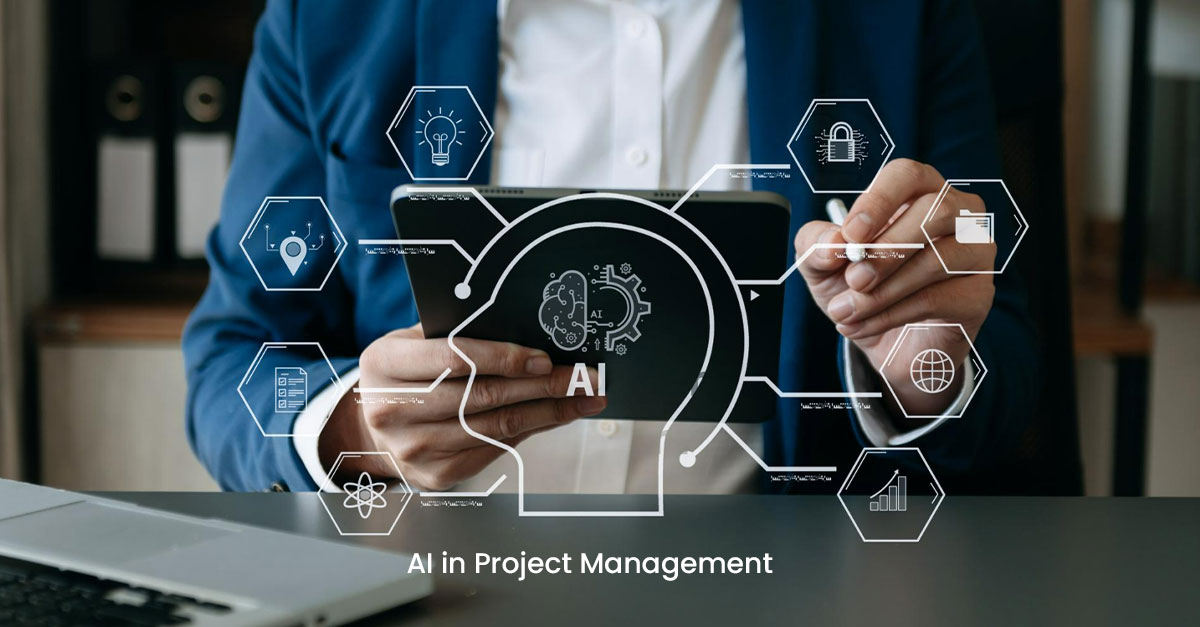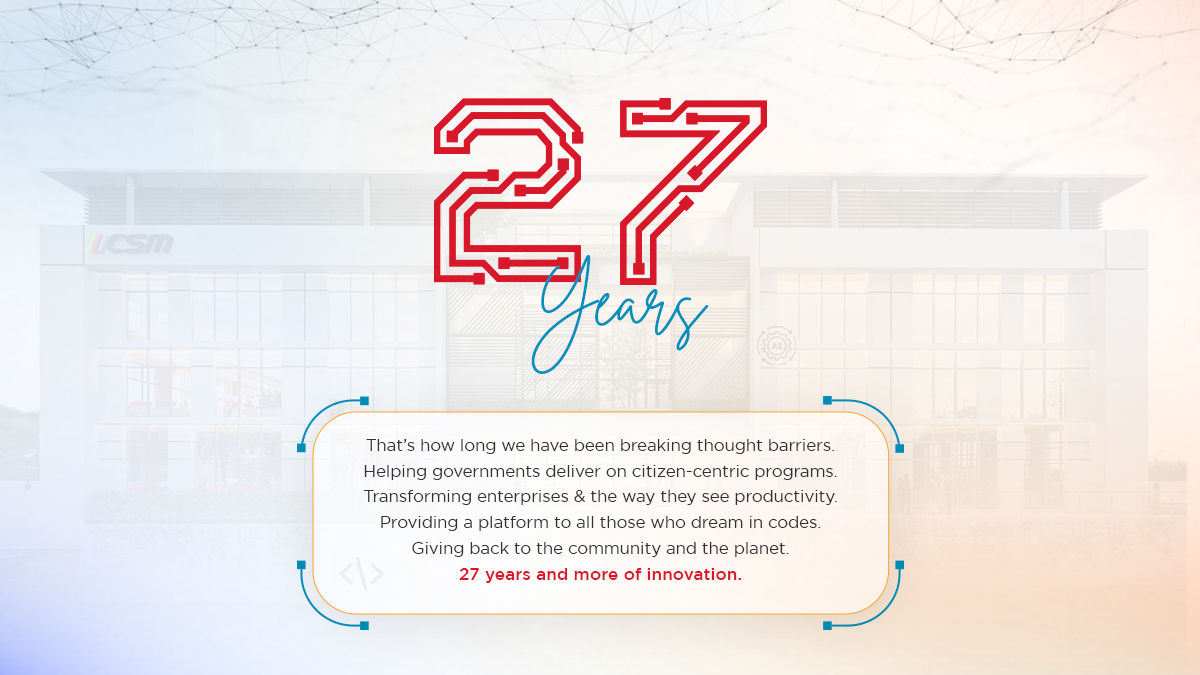Cloud computing has become a significant factor in streamlining business operations. It provides services like compute, storage, databases, cybersecurity, analytics, AI-powered cloud products, and more over the Internet. It offers faster innovation, economies of scale, and flexible resources, so many companies are integrating it. Over 94% of companies worldwide already use cloud services (Edge Delta) —including AWS, Google, and Microsoft. The number of cloud computing users will grow significantly in the coming years. The global cloud computing market has significantly increased to $446.51 billion in 2022 and garnered $500 billion in 2023. It is expected to surpass $1 trillion by 2028 and $1.6 trillion by 2030. The latest report predicts the market will grow at a significant CAGR of 17.43% through 2032.(Edge Delta)
In today’s rapidly changing landscape of business regulations and information security, leaders are increasingly confronted with privacy and security challenges that can be difficult to navigate. While most businesses have a basic understanding of encryption, the complexities of cloud encryption often present a more significant hurdle. With numerous encryption methods available, many small to midsize businesses (SMBs) may feel overwhelmed by the choices, unsure of how to effectively protect their data in the cloud while ensuring compliance with evolving security standards.
Data Security Risks in Cloud
.jpg)
Data security in cloud computing is a critical concern, and businesses face several key risks when using cloud services:
- Data Breaches: Shared cloud environments can lead to unauthorized access due to misconfigurations or weak security measures.
- Insider Threats: Privileged insiders, both malicious and accidental, may mishandle sensitive data.
- Data Loss: Cloud data is at risk from accidental deletion, disasters, or system failures without proper backups.
- Compliance Risks: Ensuring compliance with laws like GDPR is complex when using global cloud services.
- Insecure APIs: Weakly secured APIs can expose cloud data to attackers.
- Data Ownership: Cloud services may create uncertainty over data control and responsibility.
- DDoS Attacks: A distributed denial of service (DDoS) attack, uses a large volume of malicious traffic to overwhelm a target, and make it inaccessible or degrade its performance.
- Lack of Visibility: Limited visibility into cloud provider security practices can lead to gaps in data protection. By addressing these risks with robust encryption, secure access controls, and thorough monitoring, businesses can improve their cloud data security posture.
Data Encryption: The Bedrock of Cloud Security
.jpg)
Data encryption converts data into unreadable formats using cryptographic keys, ensuring confidentiality. In cloud migration, it secures both data at rest and in transit, protecting sensitive information throughout the process.
Key Best Practices for Cloud Data Encryption:
.jpg)
- Pre-Migration Assessment: Classify data based on sensitivity and ensure the chosen Cloud Service Provider (CSP) offers robust encryption that meets industry standards like SOC 2 or HIPAA.
- Encryption Implementation: Use cloud-native encryption tools for data at rest and add client-side encryption for highly sensitive data. Employ strong key management practices, including key rotation.
- Post-Migration Security: Apply granular access controls, monitor data access logs, and conduct regular vulnerability testing to strengthen security.
This approach ensures comprehensive data protection during cloud migration.
As cloud computing continues to grow in importance, safeguarding data through encryption has become critical for organizations leveraging cloud environments. Whether it's sensitive customer data, proprietary business information, or transaction details, encryption ensures that this data remains secure, even if unauthorized access occurs. Here are the best practices for data encryption in cloud computing:
- Encrypt Data at Rest and In Transit: Always encrypt both stored data (e.g., AES-256) and data in transit (e.g., TLS) to prevent unauthorized access.
- Use Strong Encryption Algorithms: Choose secure algorithms like AES-256 and RSA-2048, which are trusted for their strong protection.
- Leverage Cloud-Native Tools: Use built-in cloud encryption services, such as AWS KMS or Azure encryption, for seamless integration and key management.
- Key Management Best Practices: Store, rotate, and backup encryption keys securely using a Key Management Service (KMS).
- Zero Trust Model: Apply strong access controls, MFA, and encryption to secure data inside and outside the network.
- Monitor and Audit: Regularly review encryption processes to ensure compliance and detect issues early.
- Encrypt Backup Data: Ensure backups are encrypted to protect data in disaster recovery scenarios.
- Client-Side Encryption: Encrypt sensitive data before uploading to the cloud for full control over unencrypted data.
Conclusion
Encryption is a vital component of securing data in cloud environments, providing a strong defense against unauthorized access and data breaches. By adhering to these best practices—such as encrypting data at rest and in transit, using strong encryption algorithms, and implementing robust key management—organizations can ensure that their cloud infrastructure remains secure and compliant with regulatory requirements.
Adopting a comprehensive encryption strategy enables businesses to fully harness the power of cloud computing while maintaining the highest level of data protection.


























































We will verify and publish your comment soon.